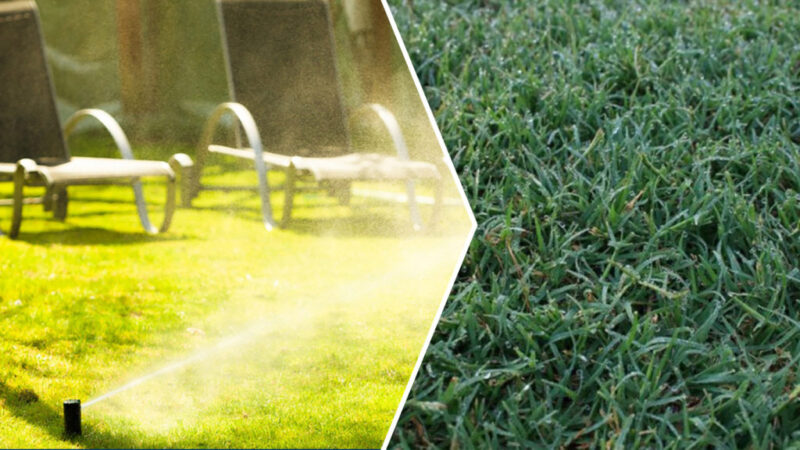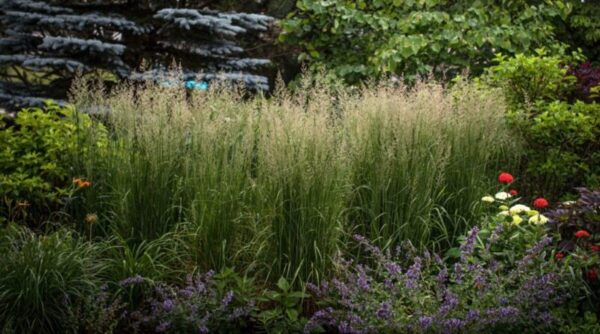Introduction
Bermuda grass, scientifically known as Cynodon dactylon, is a hardy and invasive grass species that often becomes a nuisance for homeowners. Its aggressive nature allows it to quickly take over lawns, gardens, and landscapes, leaving property owners frustrated and seeking effective solutions for eradication. In this article, we will explore proven strategies to help you get rid of Bermuda grass once and for all.
Understanding Bermuda Grass
Before delving into eradication methods, it’s essential to understand Bermuda grass and its characteristics. Bermuda grass is a warm-season grass that thrives in sunny and hot conditions. It spreads through stolons and rhizomes, allowing it to form dense mats and outcompete other grass species. Its resilience and ability to withstand various environmental conditions make it a formidable opponent for homeowners looking to maintain a lush and weed-free lawn.
1. Manual Removal
One of the most straightforward methods to control Bermuda grass is manual removal. This method involves digging out the grass, along with its roots, using a shovel or garden fork. It’s crucial to be thorough, as even a small portion of the root left behind can lead to regrowth. This method is effective for small infestations or specific areas where Bermuda grass has encroached.
2. Solarization
Solarization is an eco-friendly method that utilizes the sun’s heat to kill Bermuda grass and its seeds. To solarize an area, cover the infested soil with clear plastic sheets during the hottest months of the year. The plastic traps heat, raising the soil temperature and effectively killing the grass. This method may take a few weeks to several months, depending on the intensity of sunlight and the thickness of the grass layer.
3. Mulching
Mulching is a technique that involves covering the affected area with a thick layer of organic mulch, such as wood chips or straw. Mulch deprives Bermuda grass of sunlight, hindering its ability to photosynthesize and grow. Over time, the grass beneath the mulch weakens and dies off. Regularly replenish the mulch layer to maintain its effectiveness and suppress Bermuda grass regrowth.
4. Herbicides
Herbicides are chemical substances designed to kill or inhibit the growth of plants. Selective herbicides that specifically target Bermuda grass while sparing other grass species can be effective in eradication. Glyphosate-based herbicides are commonly used for Bermuda grass control. Apply the herbicide as directed on the product label, taking care to avoid spraying desirable plants. Repeat applications may be necessary to completely eradicate the grass.
5. Smothering with Cardboard
Smothering Bermuda grass with cardboard or thick layers of newspaper is another practical method. Lay down several layers of cardboard or newspaper over the affected area and cover it with mulch or compost. This approach prevents sunlight from reaching the grass, gradually weakening and killing it. Regular monitoring is essential to ensure that Bermuda grass does not find its way back through gaps in the covering.
6. Regular Mowing
Regular mowing can help weaken Bermuda grass over time. Set your lawnmower to a low height and mow the grass frequently. Cutting Bermuda grass too short stresses it and reduces its ability to photosynthesize, weakening its growth. Combine regular mowing with other eradication methods for more effective results.
Conclusion
Dealing with Bermuda grass requires persistence, patience, and a combination of strategies. By understanding the grass’s characteristics and implementing the proven methods discussed in this article, you can successfully eradicate Bermuda grass from your property. Whether you choose manual removal, solarization, mulching, herbicides, smothering, or a combination of these techniques, consistent effort and vigilance will lead to a Bermuda grass-free lawn and a more enjoyable outdoor space.





